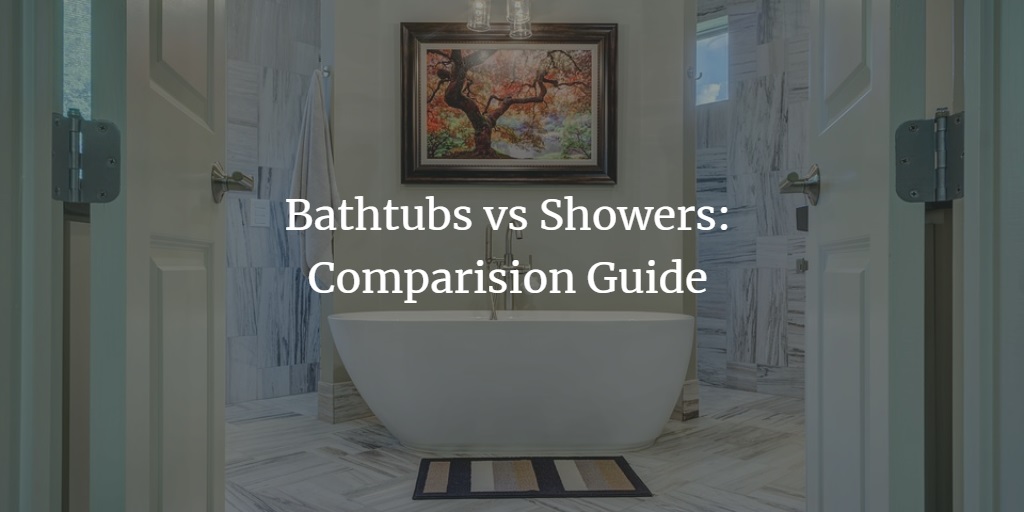
Bath vs Shower: The Key Differences to Consider in 2025
When comparing a shower vs bath, the differences go far beyond water temperature and timing—they reflect your lifestyle, space, and
For most bathrooms, the right wattage depends on the size of the space. In general, 75–100 watts is ideal for master or guest bathrooms where brighter, more expansive lighting is needed. For smaller bathrooms—like powder rooms or half-baths—45–60 watts typically provide sufficient illumination without overwhelming the space. Too much brightness can create glare, while too little can make tasks like shaving or applying makeup difficult.
The correct lighting setup can make or break your bathroom experience. Beyond choosing the right wattage, today’s lighting options go far beyond basic brightness. From built-in LEDs to statement fixtures, bathroom lighting in 2025 is all about creating a highly functional and beautifully designed space. Let’s take a closer look at some of the top lighting trends for bathrooms in 2025 and how they can transform your space.
The general rule for bathroom lighting is to layer different types of light to balance functionality and ambiance. A well-lit bathroom typically includes three main layers: ambient, task, and accent lighting. Each layer serves a distinct purpose, and together they create a space that’s both practical and visually appealing.
As a general guideline, the lighting should be bright enough to see clearly but soft enough to be flattering. Dimmers are also highly recommended to adjust brightness levels depending on the time of day or your mood.
Now that you understand the general rule for bathroom lighting—layering different light sources for both function and style—let’s take a closer look at the main types of lighting you’ll want to consider. Each type plays a specific role in your bathroom’s overall lighting design, and choosing the right combination can elevate both the look and usability of your space. Below, we break down the four essential types of lighting and what makes each one unique.
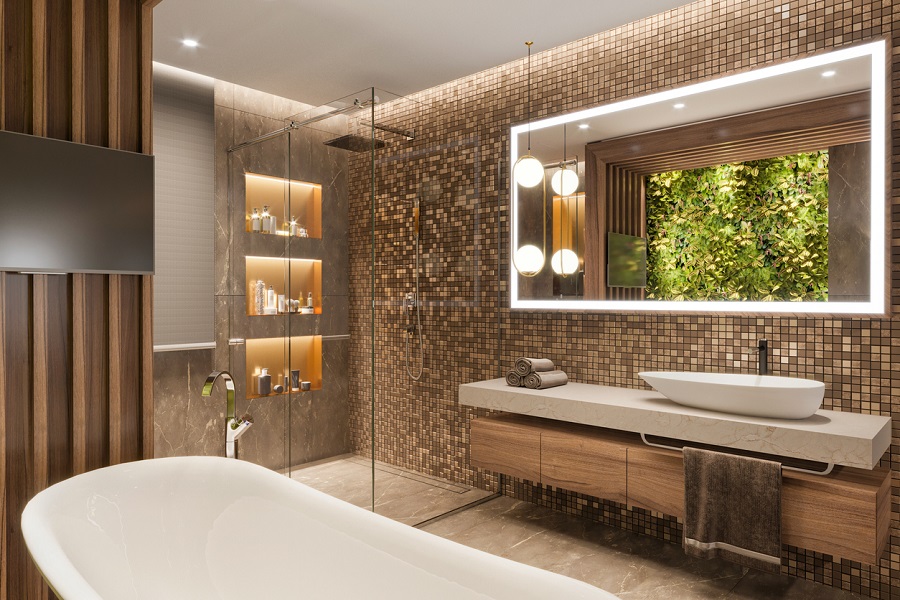
When it comes to your bathroom’s light bulbs, there are a few things to look at:
The wattage of your lightbulb will determine its power output and general brightness. The higher the wattage, the more intense and bright the light. Light intensity is also a factor, as intense light can irritate the eyes and affect your sleep cycle.
Keep in mind: intense lighting can strain the eyes and even disrupt your sleep cycle if used late at night.
The bulb of the light source will significantly impact how it illuminates an area. Additionally, certain shapes are designed for specific fixtures, so you must understand which shape to choose. The common bulb shapes are:
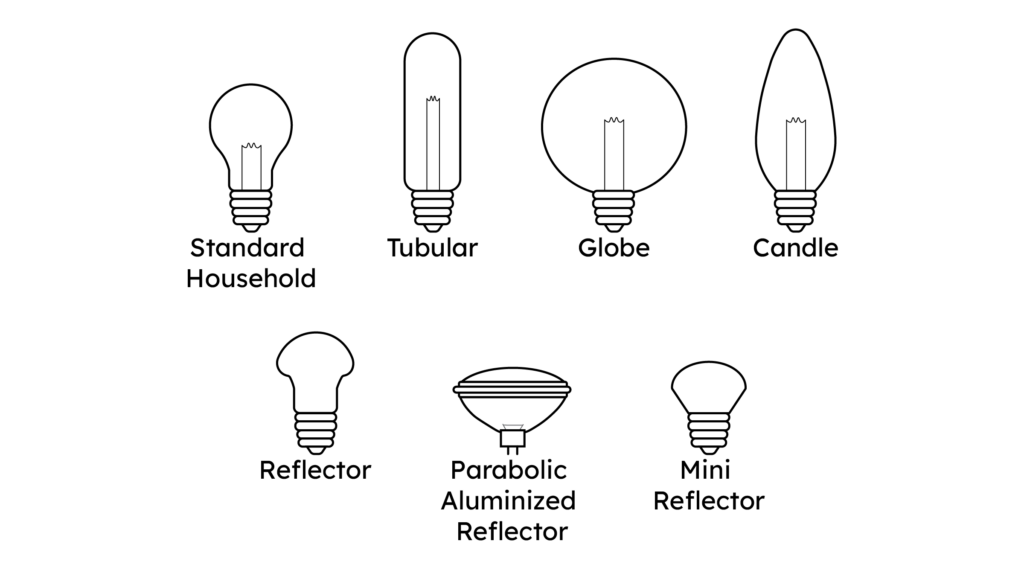
Also known as A19 or A21 bulbs, these are the most familiar household bulbs, designed for general-purpose lighting. They emit a broad, omnidirectional glow, making them ideal for table lamps, ceiling fixtures, and bedrooms.
Globe bulbs are round and stylish, commonly used in exposed fixtures where the bulb itself is part of the design. They’re perfect for bathroom vanities and decorative pendants where even, diffused lighting is essential.
These bulbs have a reflective coating that directs light forward, making them great for focused illumination. PAR (Parabolic Aluminized Reflector) bulbs are often used in track lighting, recessed lighting, and outdoor floodlights, while R and BR types offer softer edges in beam spread—great for accent or task lighting.
Tubular bulbs are long and narrow, fitting well in compact or linear fixtures. They’re commonly used in under-cabinet lighting, picture lights, and appliance lighting where space is limited but clarity is important.
Designed to mimic the flicker and shape of a flame, candle bulbs are best for chandeliers, wall sconces, and other decorative fixtures. Their shape adds elegance while providing soft ambient light.
These compact bulbs offer powerful, focused beams of light, ideal for display lighting, retail environments, or small directional fixtures. Their size allows for precision in tight spaces.
The type of bulb you choose impacts more than just your space’s appearance—it also affects energy efficiency, heat output, environmental impact, and overall longevity. Here’s a closer look at the most common bulb types used in residential lighting:
LED bulbs are the most energy-efficient and longest-lasting option available today. They produce very little heat, ideal for enclosed or frequently used spaces like bathrooms and kitchens. LEDs offer a range of color temperatures (from warm to cool), are compatible with dimmer switches, and typically last up to 25,000 hours or more. Though the upfront cost can be higher, their durability and energy savings make them a cost-effective choice in the long run.
CFLs are a budget-friendly, energy-saving alternative to incandescent bulbs. They use about 70–80% less energy and last significantly longer. However, they contain a small amount of mercury, so they must be handled carefully and disposed of properly. They take a few seconds to warm up to full brightness and are best used in areas where lights stay on for longer periods, like hallways or offices.
Halogen bulbs are a type of incandescent that uses halogen gas to produce a brighter, whiter light. Because of their crisp output and high color rendering index (CRI), they’re often favored for task lighting or accent lighting. However, they run hotter than other options and are less energy-efficient than LEDs or CFLs. Their lifespan is also shorter, typically around 2,000 hours.
Incandescent bulbs produce a warm, soft glow that many people find comforting. They are inexpensive and instantly reach full brightness, making them a classic choice for decorative fixtures. However, they are highly inefficient—converting most energy into heat rather than light—and have a short lifespan of about 750 to 1,000 hours. Due to these drawbacks, many incandescent options have been phased out in favor of more eco-friendly alternatives.
There are four main light types to choose from, and each offers its own benefits:
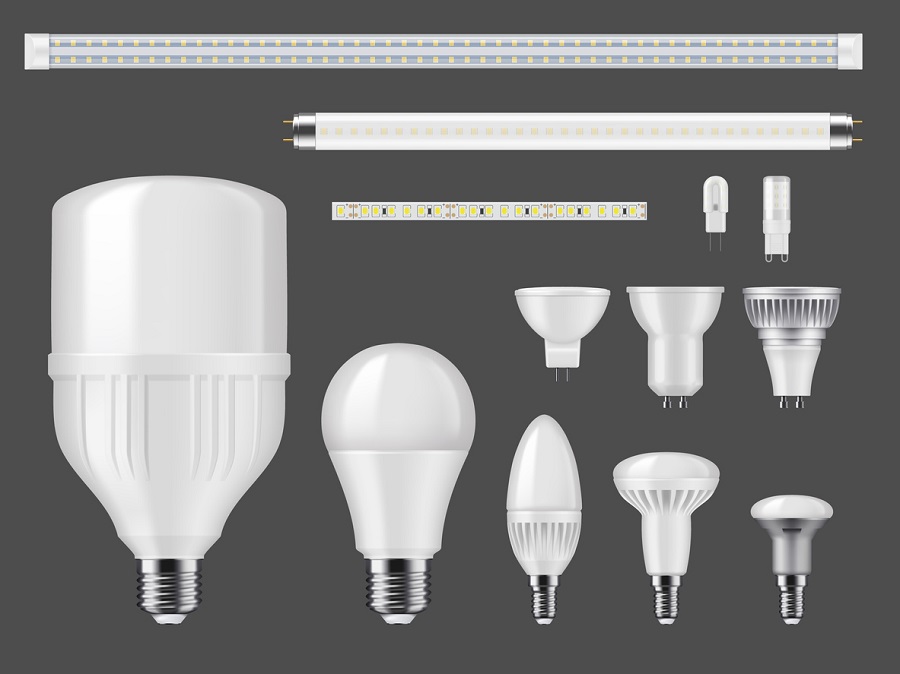
Choosing the right type of lighting for your bathroom isn’t just about brightness—it’s about creating the right atmosphere and functionality. Most well-lit bathrooms layer different types of lighting to serve multiple purposes. Here’s a detailed breakdown of the four main lighting types: task, ambient, accent, and decorative, along with a comparison chart to help guide your decisions.
| Lighting Type | Purpose | Coverage Area | Light Quality | Ideal For | Pros | Cons |
| Task Lighting | Precise, focused illumination | Small | Bright, directional | Makeup, shaving, reading | Clear visibility for detailed work | May create shadows; limited area |
| Ambient Lighting | General overall lighting | Large | Soft, even | Entire bathroom space | Comfortable light level; energy-efficient options | Not bright enough for detail-oriented tasks |
| Accent Lighting | Highlighting focal points | Very small | Sharp, focused | Artwork, mirrors, niches | Adds depth and visual interest | Not useful for overall lighting |
| Decorative Lighting | Aesthetic enhancement | Varies | Varies | Style-driven designs | Visually striking; elevates design | May lack functionality; can be costly |
Task lighting provides focused illumination to a specific area, making it easier to perform activities that require attention to detail—such as shaving, applying makeup, or reading. These lights are typically brighter and more concentrated than other types. Table lamps, under-cabinet lights, or adjustable vanity lights are popular examples. Task lighting is essential for any workspace or prep zone within your bathroom.
Pros:
Cons:
Also known as general lighting, ambient lighting provides the overall glow for your bathroom. It’s meant to evenly light the entire space and establish a comfortable baseline of visibility. Ceiling-mounted lights, recessed lighting, and large floor lamps are commonly used to create ambient lighting. This type is especially useful in larger bathrooms to avoid dark corners and ensure consistent brightness.
Pros:
Cons:
Accent lighting draws attention to a focal point, such as a mirror, artwork, or architectural feature. These lights are more directional, using a narrow beam angle to create contrast and visual interest. Track lighting, small spotlights, or light strips around mirrors are common accent lighting choices.
Pros:
Cons:
Decorative lighting serves as both a light source and a visual focal point, acting like “jewelry” for your bathroom. These fixtures are chosen for their artistic or dramatic flair and are often not the brightest or most practical option. Think elegant chandeliers, sculptural sconces, or artisan pendant lights.
Pros:
Cons:
When selecting lights for your bathroom, there are a few considerations to keep in mind. Here are some common lighting mistakes and why you should avoid them:
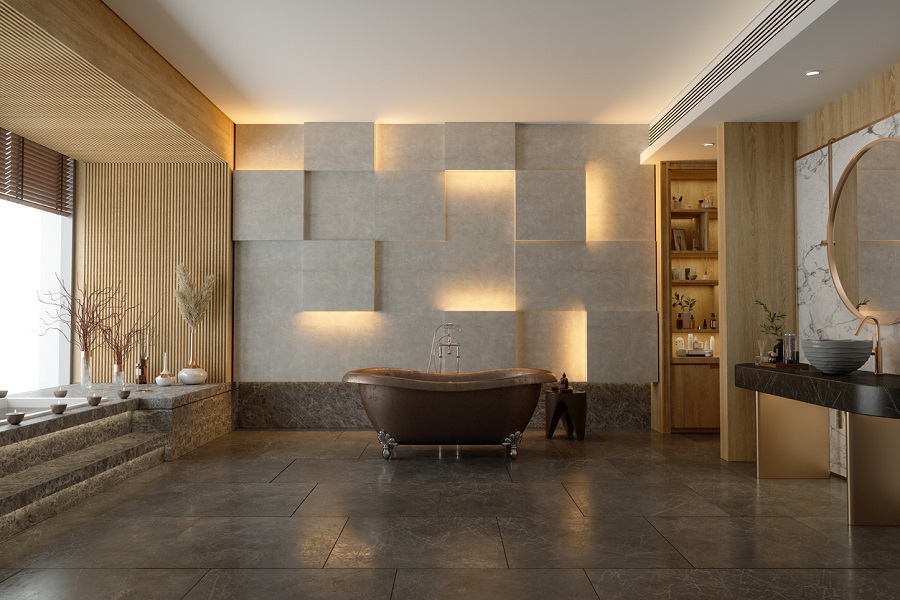
Dimmer switches help you control your fixtures and the light they output. This is invaluable for early morning or light night usage of your bathroom. In addition to creating a better ambience, a dimmer will save you energy.
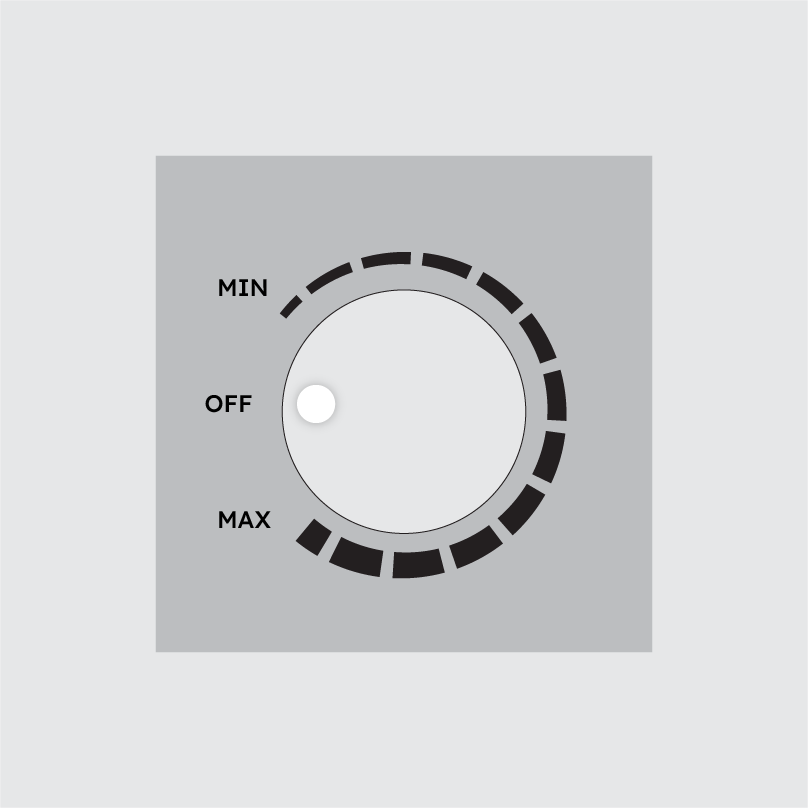
CRI refers to the color rendering index which is used to describe the color of white light that a fixture produces. The lower the temperature of the light, the warmer the color appears. Conversely, the higher the temperature, the colder the light appears. For your bathroom, its important that you choose a natural light range, somewhere around 2700k-3000k. The larger the space, the higher you want the CRI to be, and vice-versa. Although it may seem complicated, understanding the CRI will impact which lights you should choose for your space.
Insufficient lighting can make your bathroom seem sparse and make small tasks difficult. The answer to this problem is simple: layer your lighting to get the most out of your bathroom. You want to strike a balance between task lighting, ambient lighting, and accent lighting. For example, task lighting is great for your mirror/vanity, whereas accent lighting is great around your fixtures such as your modern sink, bathtub or even the door.
On the flip side, including too much lighting can make your bathroom appear cluttered and visually unappealing. Contrasting and conflicting lighting sources will make it difficult to perform simple tasks and ruin your bathroom’s ambiance. This problem can be fixed by creating a lighting plan and mapping out your lighting sources before they are installed.
There is a wide variety of light bulb manufacturers to choose from. Here are some of the most popular brands:
Bathroom lighting doesn’t have to be complicated—but it does have to be intentional. Choose bulbs and fixtures based on your bathroom size, usage, and aesthetic. Mix lighting types to create layers, and always prioritize comfort, clarity, and efficiency.
The best lightbulbs for your vanity eliminate glare and shadow, providing an unobstructed view for you to apply makeup and get ready. When choosing to light for your vanity, you want to prioritize removing glare and lowering light intensity as it may clash with your mirror. For this reason, LED lighting is best as it provides directional lighting, which provides better illumination.
The best lighting for a bathroom mirror is bright, even, and shadow-free, allowing for accurate grooming tasks like shaving or applying makeup. Ideally, install vertical fixtures or sconces on either side of the mirror at about eye level to provide balanced illumination across the face. This side lighting minimizes harsh shadows that overhead lights can create. For a modern and sleek look, LED backlit or front-lit mirrors offer built-in task lighting that’s both energy-efficient and flattering. Aim for a color temperature between 2700K and 3000K for a warm, natural glow that mimics daylight without being too harsh.
The primary difference between these two types is how they emit light. Incandescents provide light by heating a wire filament to generate light. LED lights use an electrical current through a semiconducting material to emit light, similar to how a battery operates. Because the process doesn’t require a specific temperature, LED lights are much safer and last much longer than incandescent bulbs. However, the tradeoff is that they are much more expensive up front than incandescent bulbs.
Choosing the right wattage for your bathroom lighting comes down to balancing brightness with comfort. While 75–100 watts is ideal for larger spaces like master bathrooms, smaller areas benefit from softer lighting in the 45–60 watt range. However, wattage is just one piece of the puzzle. Layering different types of lighting—ambient, task, accent, and decorative—ensures your bathroom is not only well-lit but also stylish and functional.
As bathroom lighting continues to evolve in 2025, keep both practicality and design in mind. Whether you’re upgrading a guest bath or building your dream spa-like retreat, the right lighting choices will make all the difference.

Eric is the founder and president of Badeloft USA. He has been the president of Badeloft’s US division for over ten years and oversees all marketing and branding aspects of Badeloftusa.com.
His expertise lies in small business development, sales, and home and bathroom industry trends and information.
Contact us with any business related inquiries.
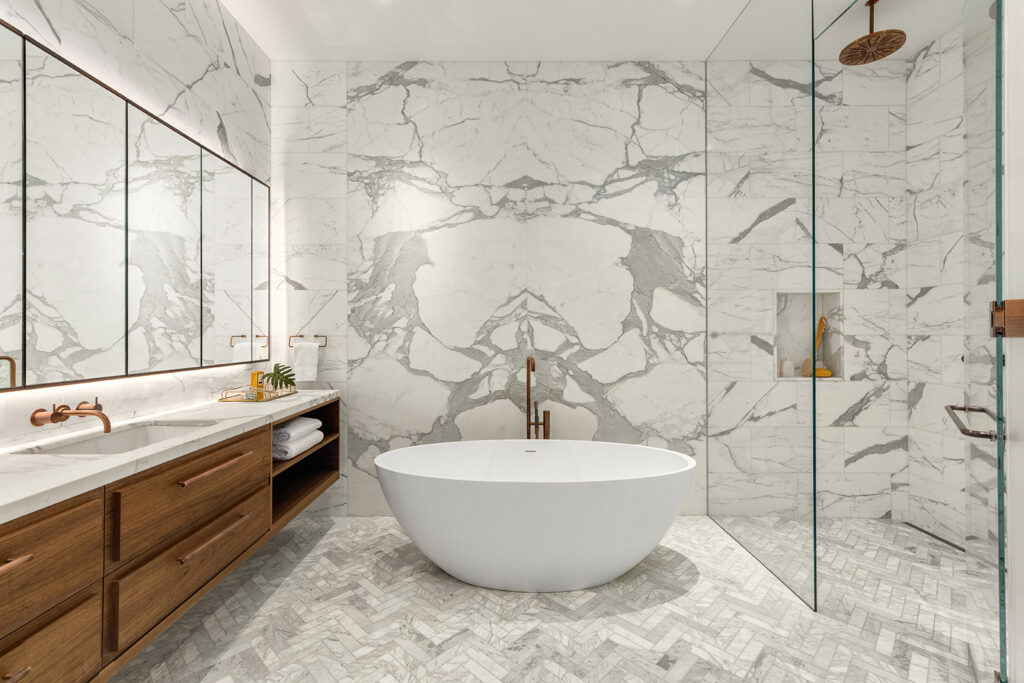
Free material samples and tub templates

When comparing a shower vs bath, the differences go far beyond water temperature and timing—they reflect your lifestyle, space, and
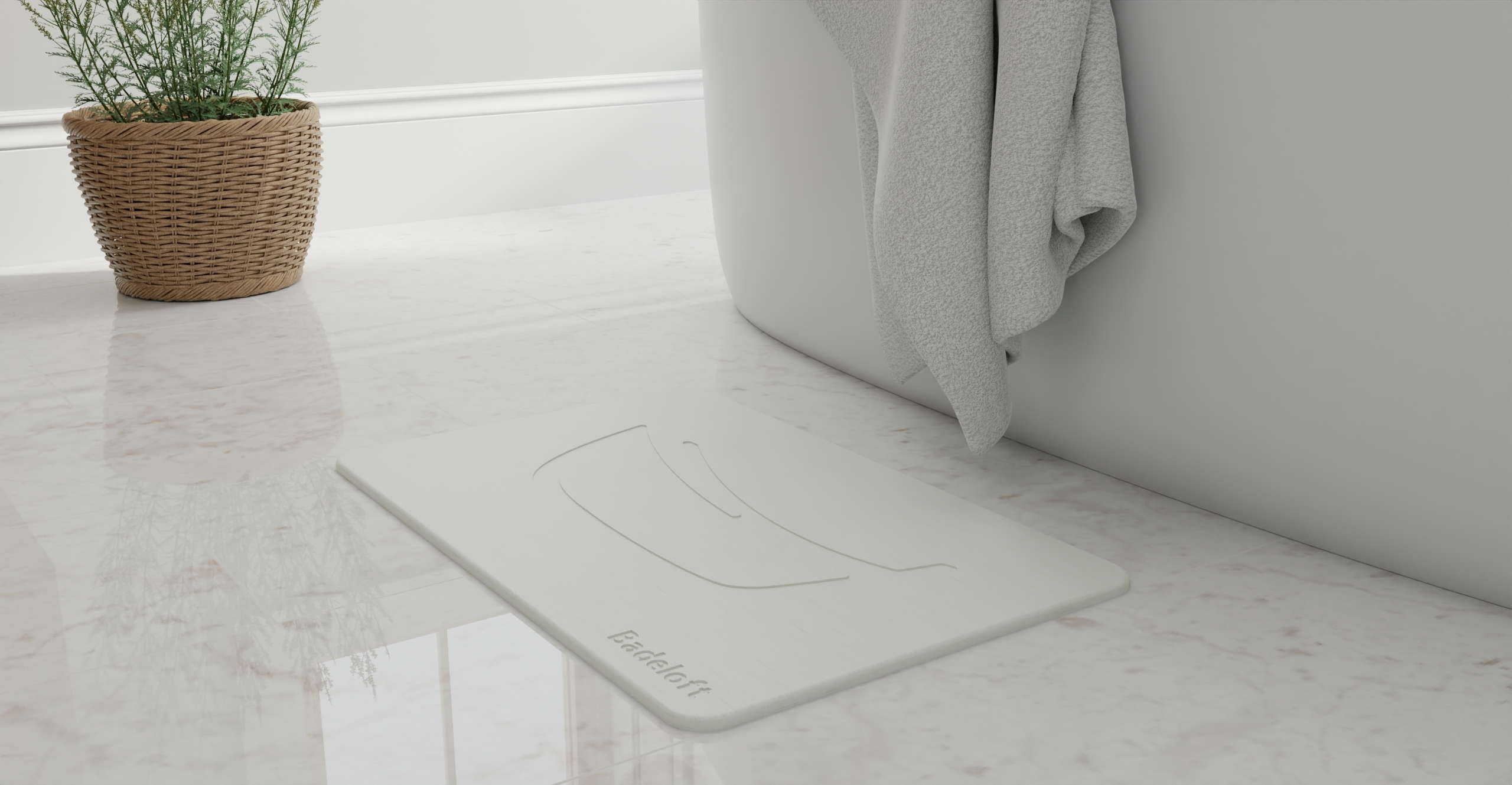
In 2025, bath mats are doing more than just soaking up water—they’re adding comfort, enhancing safety, and complementing the style
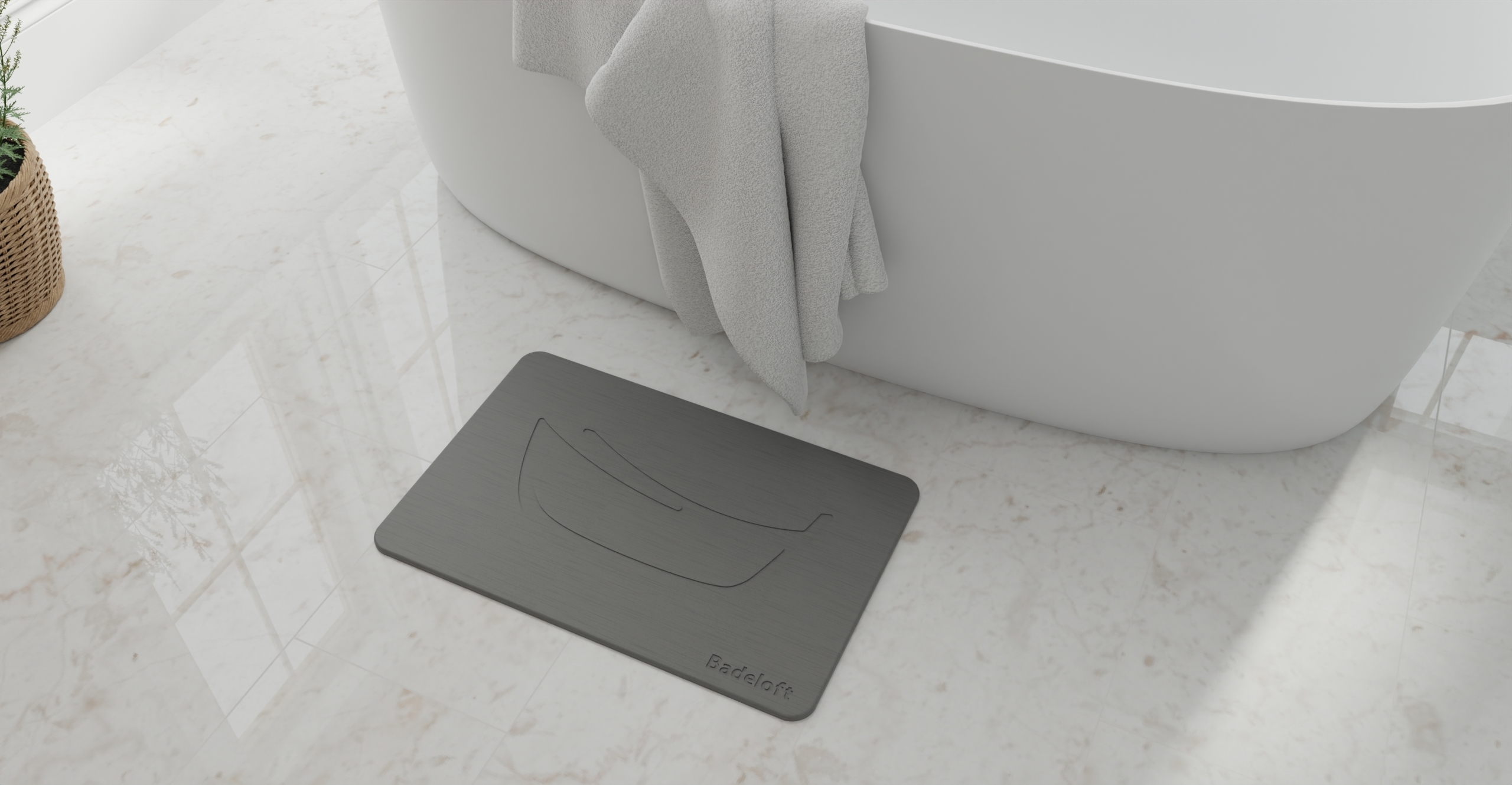
Bath mats may seem like a small detail, but their price can vary significantly based on material, size, brand, and
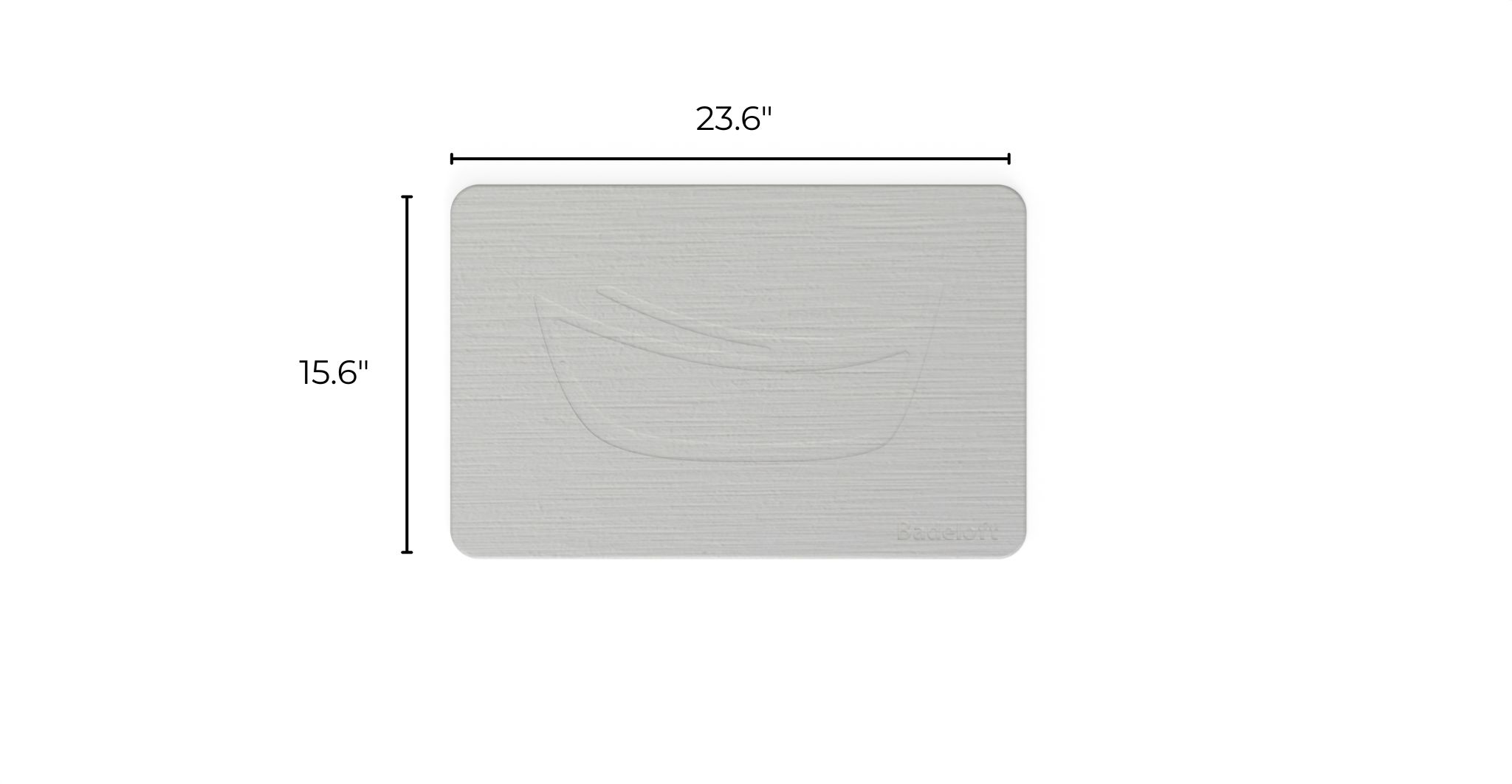
Choosing the right bath mat size is essential for both function and style. Whether you’re outfitting a compact powder room
Fill out the form below to request a free material sample
"*" indicates required fields
"*" indicates required fields
"*" indicates required fields